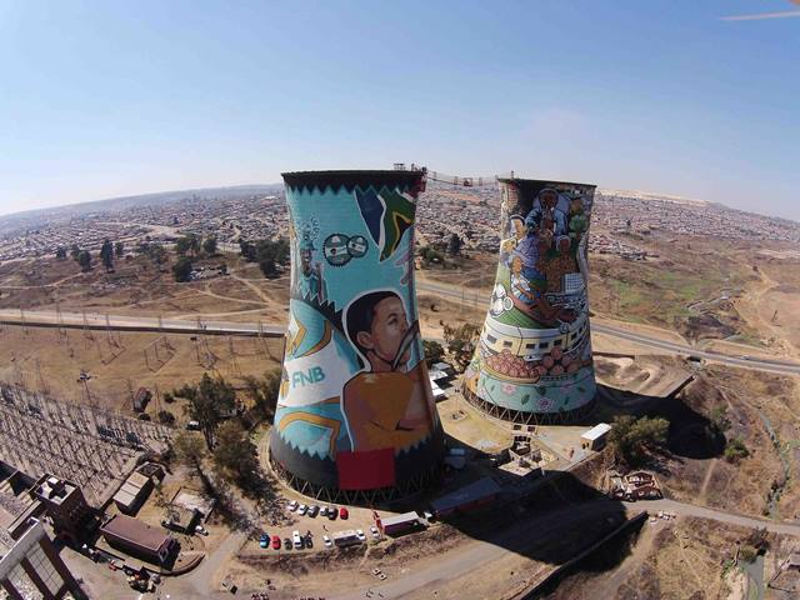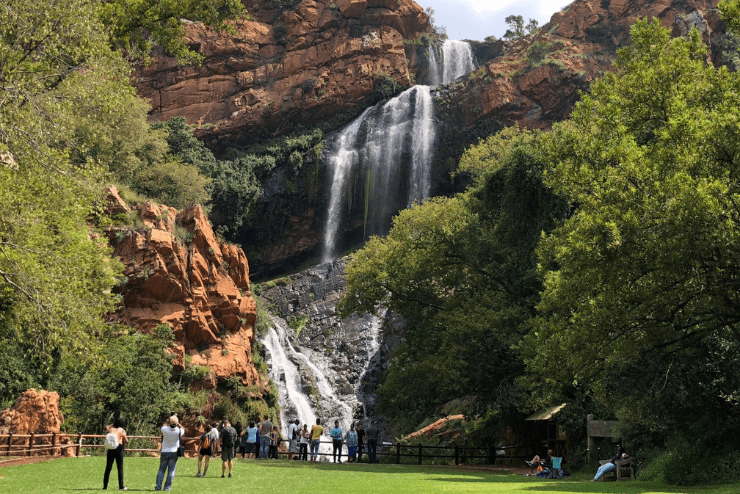Little Known Facts About Johannesburg North Attractions.
Little Known Facts About Johannesburg North Attractions.
Blog Article
4 Easy Facts About Johannesburg North Attractions Explained
Table of ContentsJohannesburg North Attractions Fundamentals ExplainedThe 6-Second Trick For Johannesburg North AttractionsHow Johannesburg North Attractions can Save You Time, Stress, and Money.The Ultimate Guide To Johannesburg North AttractionsIndicators on Johannesburg North Attractions You Need To KnowNot known Factual Statements About Johannesburg North Attractions
The city grew on the edge of the Witwatersrand Main Coral reef, a subterranean stratum of gold-bearing quartz-silica corporation that arcs for hundreds of miles underneath the Highveld - Johannesburg North attractions. Many of the gold mines in the city ceased procedure in the 1970s, however in its day the Witwatersrand gold sector accounted for more than 40 percent of the world's yearly gold production.Johannesburg has a temperate environment. Summer temperatures average about 75 F (24 C); wintertime temperatures balance about 55 F (13 C) and only periodically dip listed below cold. The city takes pleasure in concerning 8 hours of sunshine each day in both winter season and summer. Rainfall averages about 28 inches (700 millimetres) per annum, but the total differs substantially from year to year.
What rain the city receives falls nearly exclusively in the summertime months, often in spectacular late-afternoon electric storms. Air air pollution positions a significant issue, specifically in the winter season, when thermal inversions restrain the westward flow of air from the Indian Ocean. Air pollution is most extreme in the densely settled Black municipalities on the city's periphery, where several residents still count on coal for gas.

Johannesburg North Attractions for Dummies
The balance of the city is inhabited by whites. Accommodation varies in character and quality. Soweto is infamous for its endless rows of municipally developed, two-room matchbox homes, yet it additionally has a few flourishing enclaves as well as teeming squatter camps, where tens of thousands live without water, electrical power, or cleanliness centers.
Physical growth, although rather restricted by transportation, continued quickly as migration to South Africa, and Johannesburg in specific, raised substantially.
The majority of poor suburban areas were combined, with bad blacks and whites living together, although the well-off suburbs were typically scheduled for whites. This altered with the election of the National Event in the 1948 elections, that began to formalise the system referred to as discrimination. Racism officially designated which residential areas each race might stay in under the Team Areas Act.
The previous system of eleven phoned number regions was reorganised in 2006. Marshalltown, as seen from the top of the Carlton Centre. The M1 and M2 run behind the structures, and the southerly read what he said suburban areas expand past the freeway border. The central city of Johannesburg is situated within the city's Region F. The number of people living in the inner city on an informal basis is unknown, as lots of are prohibited immigrants. The unemployment, education and learning, and age profiles of the area are all unidentified, due to the problem of obtaining reliable information regarding the area.
Getting The Johannesburg North Attractions To Work
Centred on the CBD, the region consists of the residential areas of Yeoville, Bellevue, Troyeville, Jeppestown, and Berea to the eastern. To the west it spreads to Pageview (Johannesburg North attractions) and Fordsburg. There are small enterprise zones to the south, such as City West-Denver and Benrose. Around 800,000 travelers travel through the central city on a daily basis, and it operates as a regional buying node for visitors from the southern suburbs. Yeoville and Bellevue have a mix of apartment and single household systems on tiny lots. The region index lies on a hilly divide that ranges from east to west. One of the most obvious geographical function is Observatory Ridge, which is called for the large observatory located on it. The recreational rooms are no more utilized, because of protection issues.

Johannesburg North Attractions - Questions
The eastern suburban areas are some of the earliest locations of Johannesburg, there are large neighborhoods of Jewish and various other European histories, the bulk of the population is English speaking. There are 3 golf programs as well as a number of secured ridges with viewsites.
Originally developed to house male migrant workers, several have actually been improved as houses for couples and families. The residential area was not traditionally allowed to create employment centres within the see here now location, so practically all of its locals are commuters to various other components of the city.
All about Johannesburg North Attractions
The property areas in the northern residential areas are mostly official, with no substantial areas of casual real estate, or housing that does not have a permanent structure. This is a well-known location, there is a fad of land usage adjustment from residential to business, especially along major arterial roads and around established nodes.
Roads to the east and west are much less well created, as there are no freeways travelling in that direction. In the direction of the northern boundary of the city, the thickness of growth lowers, leaving huge locations of undeveloped land around Midrand.
Facts About Johannesburg North Attractions Revealed
, which is located on a hill forgeting the inner city and Hillbrow.
Report this page